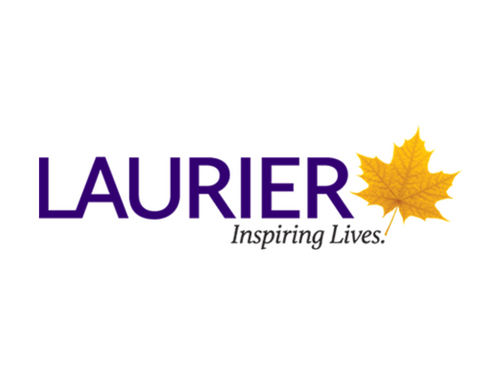The Northwest Territories (NWT), an expansive Territory in Northern Canada, is among the most rapidly warming regions on Earth. There is mounting evidence that climate warming is dramatically changing ecosystems and thawing permafrost at unprecedented rates throughout the NWT. These climate related changes are profoundly impacting communities’ Indigenous culture, health, safety, food security, infrastructure, and economy. For the people of the NWT, climate change is not an abstract concept as they are experiencing its devastating realities daily.
Recognizing the urgency and complexity of the challenges facing the NWT, Wilfrid Laurier University (Laurier), located in Waterloo, Canada, and the Government of the Northwest Territories (GNWT), entered into a Partnership agreement (2010-2030). The Partnership develops solutions that address priority needs of the GNWT and its communities, and supports engagement of residents, over 50% of which are Indigenous, as equal partners in the development of solutions. A critical tenet of the Partnership is the integration of Indigenous Traditional Knowledge with western academic science to develop solutions that are culturally-situated and informed by local knowledge holders. The Partnership has grown to include over 50 academic and government researchers, dozens of Traditional Knowledge holders, hundreds of exceptional students, not-for-profit organizations and over 50 community-engaged research sites across the Territory. The formalization of a Partnership between Laurier and the community it serves, has allowed for the cultivation of the meaningful, long-lasting relationships required to develop community-informed solutions in the extremely challenging environment of Canada’s North.
























